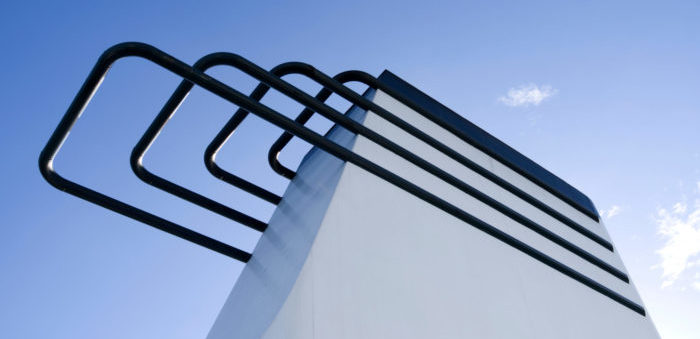Marine scrubber market is set to surpass USD8 billion by 2024, driven by the 2020 sulphur cap and the growing regulatory pressure, the emission effects on human health, as well as a rise in clean fuel cost, according to a study by Global Market Insights, Inc.
Scrubbers are effective sulphur abatement technologies that remove particulate matters by over 70% and SO2 by 90%. High installation cost and rising adoption of clean fuels, including LNG and Low Sulphur Fuel Oil (LSFO), may act as a challenge for the industry growth.
- According to the study, the US market is expected to surpass 300 units by 2024. Ongoing research and innovations to manufacture technology in compliance with the new environmental norms will stimulate the industry growth. In addition, rising demand for retrofitting of existing vessels on account of stringent regulatory framework will encourage the product penetration.
Upsurge in investments toward tourism industry on account of increasing disposable income, improvement in standard of living and demographic shifts will boost the demand for recreational marine scrubber systems market. According to World Travel & Tourism Council, in 2016 the marine tourism industry generated a revenue of USD 7.6 trillion contributing over 10.2% to the global GDP.
- Europe scrubber market is set to grow on account of increasing concerns toward limitation of sulphur emission rates coupled with rising investments across the maritime sector.
Ongoing research and development (R&D) in product design and development along with presence of numerous manufacturers will strengthen the industry outlook. Further, the necessity for the big ships to report its verified annual emission data and other required information post 2018 will complement the product adoption.
- Growing shipbuilding coupled with rising maritime trade activities will positively impact the China scrubber market. Ongoing plans and investments to limit ship pollution through establishing new Emission Control Areas (ECAs) will further augment the product adoption. In 2015, the Chinese Ministry of Transport established new ECAs in the country including the Pearl River Delta, Bohai Bay, and Yangtze River Delta.






























































